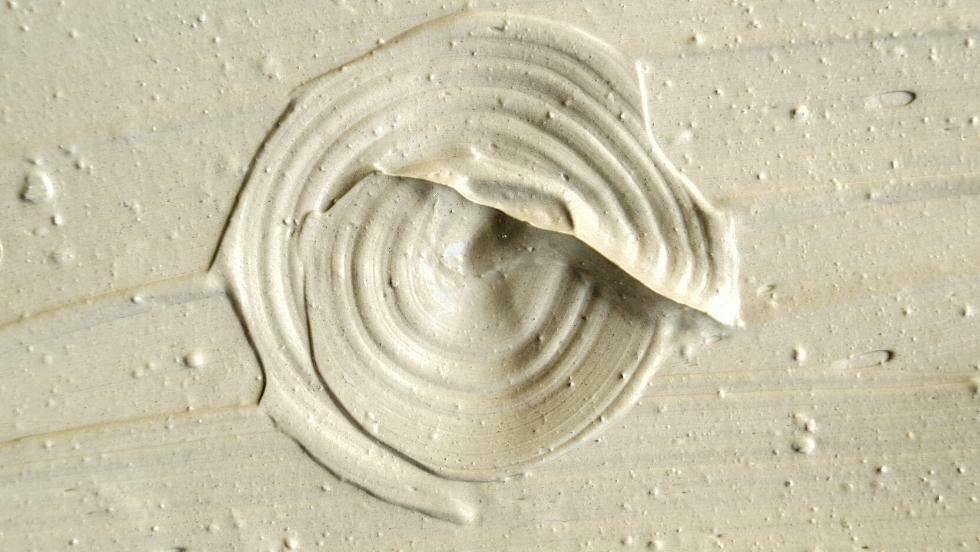Why do numerous industry sectors increasingly use kaolin as one of the most important raw materials? It is primarily attributable to its unique and favorable physical and chemical properties. One of them is the kaolin viscosity rate, in which each industrial use will require a specific viscosity rate, either higher or lower.
Related: Discovering the Versatile of Kaolin Uses in Various Industries
Viscosity of Kaolin

A. What is Viscosity?
Viscosity is a measure of the resistance of a liquid substance to flow. Viscosity on daily problems might be the “thickness” or “internal shear or friction”. For example, any liquid with low viscosity is commonly said to be “thin”, and a high viscosity liquid is usually said to be “thick”. Moreover, it is easier to move through low viscosity than high viscosity liquids.
We can find this in daily life from the example between water and honey. In the case of pouring a glass of water, it will run out quickly or quicker, unlike honey. It is because water has a lower viscosity with very small friction between water molecules, leading it to run faster. The contrary happens to honey since it has a higher viscosity.
B. Common Viscosity Rates of Global Kaolin Products
Based on our best knowledge, the kaolins from America and Brazil have shown a common viscosity concentration of over 70.0%. Meanwhile, the kaolins from Zambia, China, and Pakistan have reported approximately viscosity concentrations of 68%, 50% to 65%, and 55.8%, respectively.
Moreover, the majority of crude kaolin clay ores have been said to have high-level innate aqueous slurry viscosities. However, a high viscosity rate does not always mean suitable or even better quality for certain kaolin applications. One of the most prominent examples, high viscosity kaolin is not favorable for the paper coating industry.
Kaolin Viscosity Rate in Industrial Applications
Numerous industries have used kaolin primarily due to its unique and favorable properties, both physically and chemically. Kaolin has essential properties like shape, particle size, color, softness, non-abrasiveness, chemically inert, relative insolubility, viscosity, and more.
We can classify the diverse kaolin industrial applications based on primary functions, namely kaolin in film formation, kaolin in fiber extension, kaolin in polymer extension and reinforcement, kaolin use by chemical composition, kaolin as a carrier, adsorbent, diluent, etc., and kaolin as a polishing agent.
Regarding the kaolin viscosity rate, when kaolin minerals have a higher viscosity, they will be thicker or stickier when diluted with water. On the contrary, after being diluted with water, the low viscosity kaolin is still thick but watery and not too sticky.
Depending on the particular industry application, each will require a viscosity rate. As mentioned earlier, kaolin with a higher viscosity rate is surprisingly unsuitable for paper and/or ceramic industries since it is somewhat difficult to mix. Meanwhile, when used for the industry that concentrates on gluing, like paint or adhesive, the higher, the better.
Kaolin Viscosity in Paper Filling and Coating
Based on the primary function, the most extensive use of kaolin is in film formation, particularly for paper coating applications. This china white clay functions to improve paper appearance – glossiness, smoothness, brightness, and opacity.
For this purpose, it requires the most rigorous kaolin specifications, including particle size, particle size distribution, particle shape, rheology (viscosity includes here), and brightness. The paper-coating sector also highly needs good fluidity of highly concentrated kaolin. Simply put, good fluidity here means kaolin which has a low viscosity rate.
In the papermaking industry, kaolin is an essential raw material for filling and improving printability. Once again, it can be ascribed to the distinct and favorable kaolin properties – purity, rheology, and particle geometry.
In this case, particle geometry – particle size, particle size distribution, particle shape, and aggregate structure have a dominant effect on the rheological characteristics (including viscosity) of kaolin slurries.
Increasing the kaolin aspect ratio, rather than the surface area, will lead to a prevailing impact on the increase of low-shear viscosity. This will ultimately affect the paper opacity, glossiness, printability, and brightness.
Many attempts have been conducted to reduce the viscosity of kaolin, especially in the paper coating and filling industries. It is also true with other diverse end-user applications of kaolin, including ceramic, paints and coatings, rubber, agriculture, pharmaceutical, and cosmetics.
Many kaolin suppliers have come up with high-grade products, along with each kaolin viscosity rate, to respond to the more diverse and emerging markets. For example, you can look up PT. Yukami as it has been one of the increasingly leading Indonesian kaolin manufacturers, especially in the Asia-Pacific region.


Recent Comments